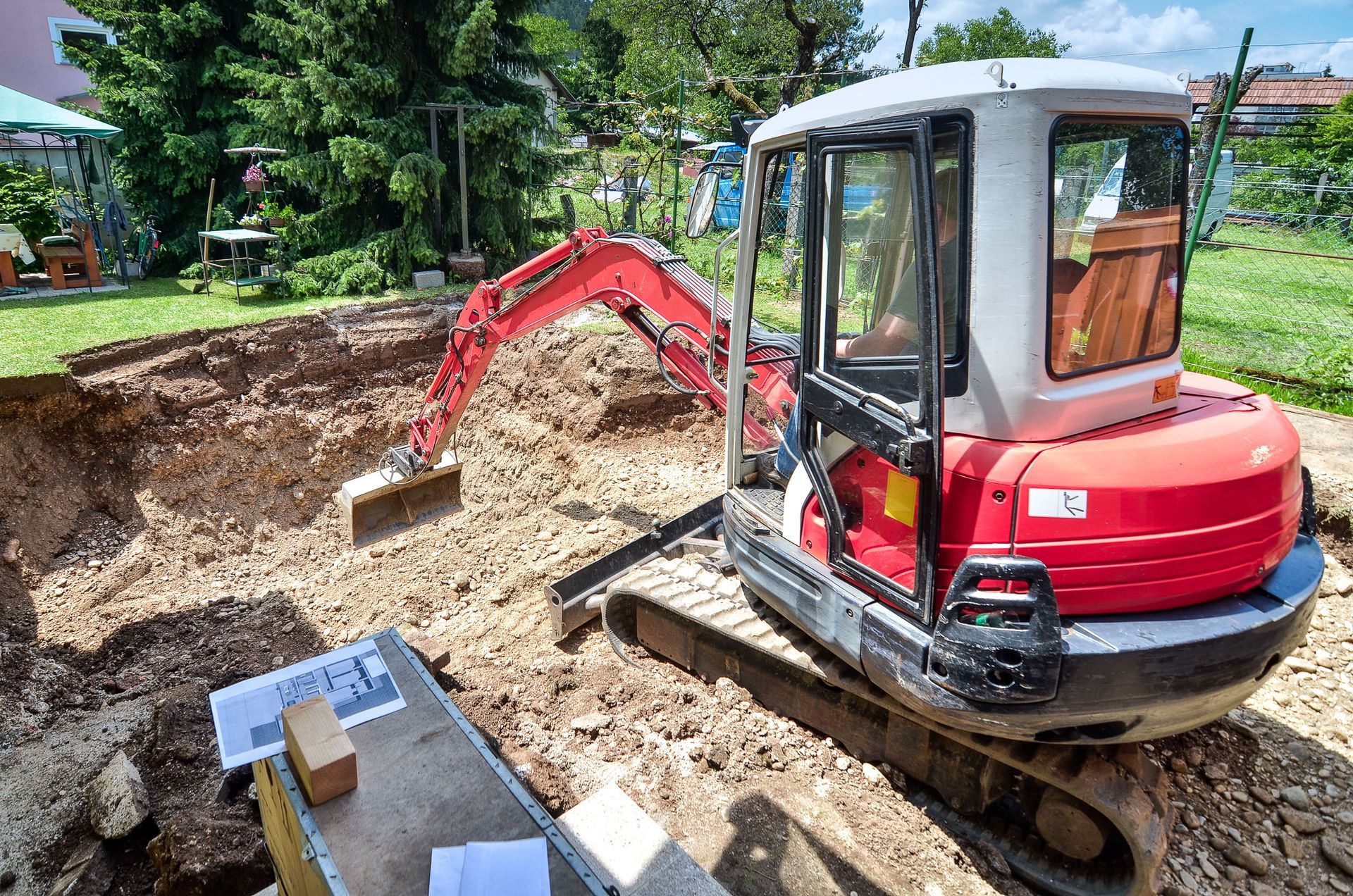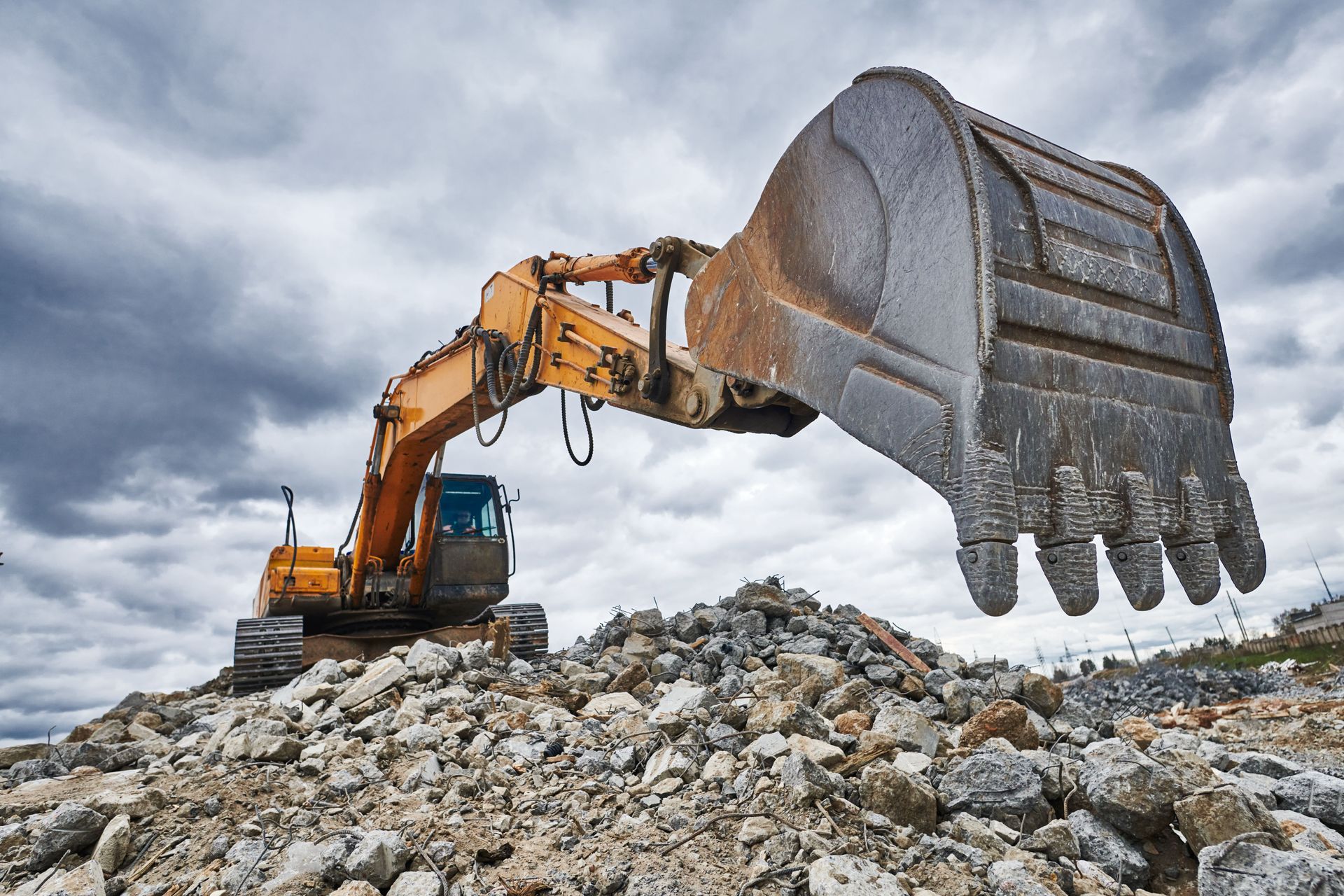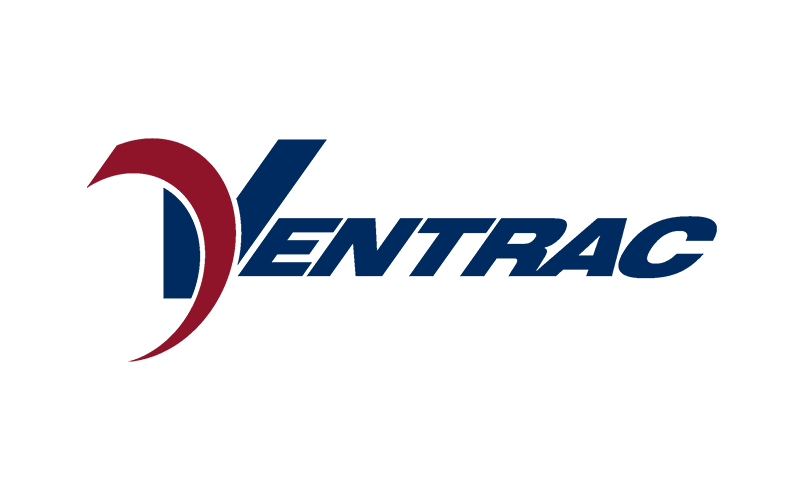October 15, 2025
Construction projects depend heavily on the efficiency and capability of heavy equipment to meet deadlines and maintain safety, as these machines handle demanding tasks like excavation, demolition, and material transport. Proper use not only increases productivity but also protects workers by minimizing manual labor and reducing accident risks. With technological advancements such as GPS tracking, telematics, and automation, modern equipment has become more precise, reliable, and efficient than ever. By understanding their role, applications, and the impact of cost, versatility, and environmental factors, construction professionals can stay informed and competitive in an evolving industry.
Understanding Heavy Equipment Basics
Heavy equipment includes the large machines used in construction, agriculture, and landscaping to complete tasks that would be difficult or impossible with manual labor. These machines are classified by function—such as earth-moving, lifting, or material handling—with examples like excavators, bulldozers, cranes, and aerial platforms. Understanding the capabilities and limitations of each type allows project managers to choose the right equipment, improving efficiency, safety, and cost control. Heavy equipment is vital across a variety of industries, with approximately 696,334 landscaping businesses operating in the U.S. as of 2024, according to WorkYard. This demonstrates the widespread use and reliance on heavy machinery.
Heavy equipment is essential in the construction industry, enabling complex tasks to be completed both efficiently and safely. These machines reduce the time and manpower needed for large-scale projects, with examples like excavators and bulldozers clearing land quickly so teams can focus on other priorities. Their power and precision support tight deadlines and budgets while advanced technology minimizes errors and upholds quality standards. At the same time, heavy equipment enhances safety by automating hazardous tasks such as lifting heavy loads or digging trenches. For these reasons, investing in reliable machinery is a critical component of effective construction project management.
The integration of advanced technology in heavy equipment has transformed construction by making operations more efficient, precise, and safe. Telematics systems now provide real-time insights into fuel usage, performance, and equipment health, enabling proactive maintenance and boosting productivity. GPS technology enhances accuracy through location tracking and precision guidance, which helps reduce errors and rework, especially on large-scale projects. Meanwhile, automation has introduced autonomous and semi-autonomous machines capable of handling repetitive tasks with little human input, allowing operators to focus on more complex responsibilities. These innovations collectively improve efficiency, ensure higher-quality outcomes, and significantly reduce safety risks on construction sites.
Exploring Types of Heavy Equipment
Excavators are highly versatile machines used for digging, trenching, and material handling, featuring a long arm and rotating cab that enable efficient operation across a variety of tasks. Available in different sizes and configurations, they are suitable for both large-scale and small-scale construction projects. Backhoes combine the functions of a loader and an excavator, equipped with a digging bucket on the front and a loader bucket on the back, allowing them to handle excavation, loading, and material transport. Their compact size makes them ideal for working in tighter spaces where larger equipment cannot operate effectively. Together, excavators and backhoes are essential for site preparation, utility work, and road construction, and selecting the right machine ensures projects are completed efficiently and effectively.
Loaders are essential pieces of heavy equipment designed for loading, transporting, and moving materials on construction sites, with front-mounted buckets that handle soil, gravel, sand, and other materials effectively. Available in types such as skid-steer, wheel, and tracked loaders, each variation is built to meet different project needs and site conditions. Bulldozers, in contrast, are powerful earth-moving machines equipped with a large front blade that can push and grade significant amounts of soil and debris. Their heavy-duty tracks provide excellent traction and stability, allowing them to operate effectively in tough terrain and challenging weather. Together, loaders and bulldozers play a vital role in site preparation, grading, and material handling, helping construction teams work more efficiently and safely.
Compactors and rollers are essential heavy equipment used in construction to prepare surfaces and foundations by applying force to compact materials like soil, gravel, and asphalt. These machines create stable, even surfaces, making them indispensable for road construction, building foundations, and landscaping projects. Different types of compactors serve specific purposes, such as vibratory compactors that use high-frequency vibrations and pneumatic rollers that employ rubber tires for a kneading effect, while solar-powered compactors offer an eco-friendly option. Selecting the right machine depends on the project’s requirements, including the type of material and desired surface uniformity. By choosing appropriately, construction teams can ensure durable foundations, reduce structural risks, and improve overall project efficiency.
Evaluating Factors to Consider When Selecting Heavy Equipment
The size and scope of a construction project significantly influence the type of heavy equipment needed, with large-scale projects like highways and commercial buildings requiring more powerful and versatile machinery. Smaller projects, such as residential construction, often benefit from compact, easy-to-maneuver equipment that can handle tasks efficiently in confined spaces. Evaluating factors like material volume, task complexity, and required precision helps construction professionals select machinery that aligns with project goals and supports successful outcomes. Additionally, project managers must consider potential changes in scope, as adjustments in equipment may be necessary to address unforeseen challenges. Maintaining a versatile fleet allows teams to adapt quickly, minimizing disruptions and keeping the project on schedule.
The terrain and site conditions of a construction project play a crucial role in selecting appropriate heavy equipment, with uneven or challenging areas like mountains or marshes requiring machines that offer superior traction and stability. Tracked loaders and bulldozers are ideal for these environments, providing the support and maneuverability needed to operate safely. Conversely, flat and stable sites can often accommodate wheeled equipment, which delivers greater speed and efficiency for material handling and transportation. Weather and accessibility also influence equipment choices, as wet or extreme conditions may necessitate machinery with protective features to maintain safety. By carefully assessing the physical characteristics and challenges of a worksite, construction professionals can select equipment that maximizes performance while minimizing risks and delays.
In today’s construction industry, versatile equipment is essential for handling the diverse tasks and challenges present on many projects, with multi-functional machines like backhoes and skid-steer loaders allowing operators to perform several functions with a single piece of machinery. This adaptability improves operational efficiency and can result in significant cost savings. Choosing equipment with multiple capabilities addresses a wide range of project needs while reducing the necessity for additional machines, minimizing storage and transportation expenses. Multi-functional equipment also helps streamline workflows on the job site and supports productivity when project requirements change unexpectedly. By investing in versatile machinery, construction professionals can maintain momentum, reduce disruptions, and achieve more timely and successful project outcomes.
Heavy equipment is an indispensable component of modern construction, providing the power, precision, and versatility needed to complete projects efficiently and safely. From excavators and backhoes to loaders, bulldozers, and compactors, each machine serves a critical role in preparing sites, moving materials, and supporting complex tasks. Technological advancements such as GPS, telematics, and automation further enhance performance, safety, and productivity on the job site. By carefully considering project size, terrain, and the need for versatile equipment, construction professionals can make informed choices that optimize outcomes. If you're looking to investing in the right heavy machinery and ultimately ensure that your projects are completed to the highest standards of quality and safety, contact Holmes Rental & Sales Inc today.


















